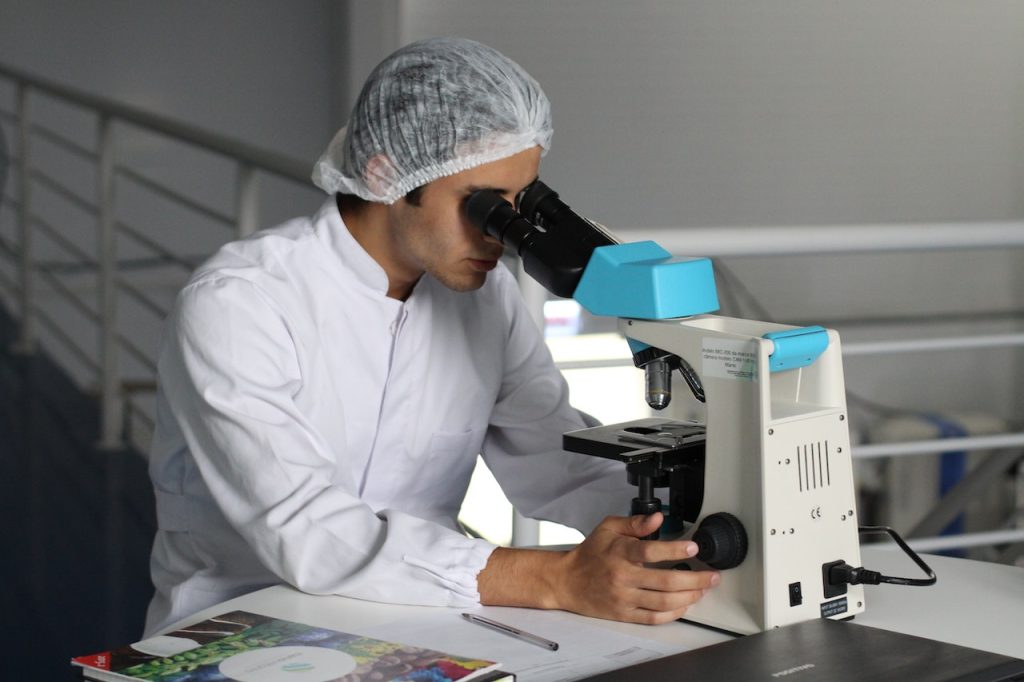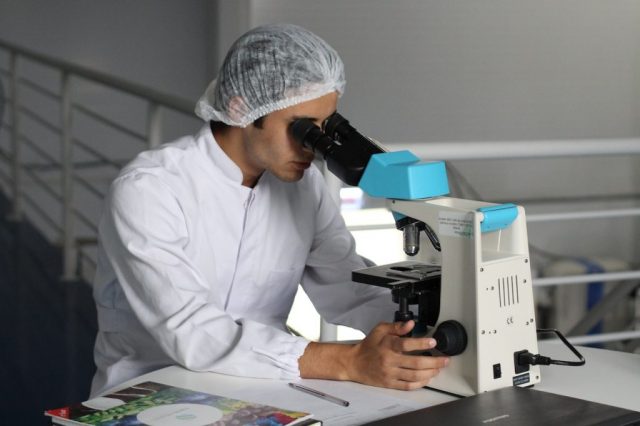
By Jim Leffman
Personalized treatment for Parkinson’s disease is on the horizon after scientists used artificial intelligence to identify different types.
The team accurately classified four subtypes of the disease, with one reaching an accuracy of 95 percent.
The researchers at the Francis Crick Institute and UCL Queen Square Institute of Neurology said the breakthrough could pave the way for personalized medicine and targeted drug discovery.
Parkinson’s is a neurodegenerative condition resulting in involuntary shaking of the body, slow movement and stiff and inflexible muscles.
It is caused by misfolding of key proteins and dysfunction in the clearance of faulty mitochondria, the source of energy production in the cell.

It normally strikes the over 50s and there are currently 145,000 sufferers in the UK with one being diagnosed every two hours.
Scientists working with technology company Faculty AI used machine learning to accurately predict subtypes of the disease using images of patient-derived stem cells.
Their results are published in the journal Nature Machine Intelligence.
Until now, there hasn’t been a way to accurately differentiate subtypes, which means people are given nonspecific diagnoses and don’t always have access to targeted treatments, support or care.
The majority of Parkinson’s disease cases start sporadically, but some can be linked to genetic mutations.
The researchers created a human model of brain disease in a dish’using generated stem cells from patients’ own cells.
They chemically created four different subtypes of Parkinson’s disease and ‘trained’ a computer program to recognize each subtype.
The computer was then able to predict the subtype when presented with images it hadn’t seen before.
Dr. Sonia Gandhi, assistant research director and group leader of the Neurodegeneration Biology Laboratory at the Crick, said: “We understand many of the processes that are causing Parkinson’s in people’s brains.
“But, while they are alive, we have no way of knowing which mechanism is happening, and therefore can’t give precise treatments.
“We don’t currently have treatments which make a huge difference in the progression of Parkinson’s disease.
“Using a model of the patient’s own neurons, and combining this with large numbers of images, we generated an algorithm to classify certain subtypes – a powerful approach that could open the door to identifying disease subtypes in life.
“Taking this one step further, our platform would allow us to first test drugs in stem cell models, and predict whether a patient’s brain cells would be likely to respond to a drug, before enrolling into clinical trials.
“The hope is that one day this could lead to fundamental changes in how we deliver personalized medicine.”
James Evans, Ph.D. student at the Crick and UCL, and co-first author added: “Now that we use more advanced image techniques, we generate vast quantities of data, much of which is discarded when we manually select a few features of interest.
“Using AI in this study enabled us to evaluate a larger number of cell features, and assess the importance of these features in discerning disease subtype.
“Using deep learning, we were able to extract much more information from our images than with conventional image analysis.
“We now hope to expand this approach to understand how these cellular mechanisms contribute to other subtypes of Parkinson’s.”

The project was developed during disruption to the lab’s research in the pandemic.
During which the whole team undertook an intensive coding course, developing skills which they are now applying to current projects.
Next steps for the research team are to understand disease subtypes in people with other genetic mutations and to work out whether sporadic cases of Parkinson’s disease (i.e., without genetic mutations) can be classified in a similar way.
Produced in association with SWNS Talker




